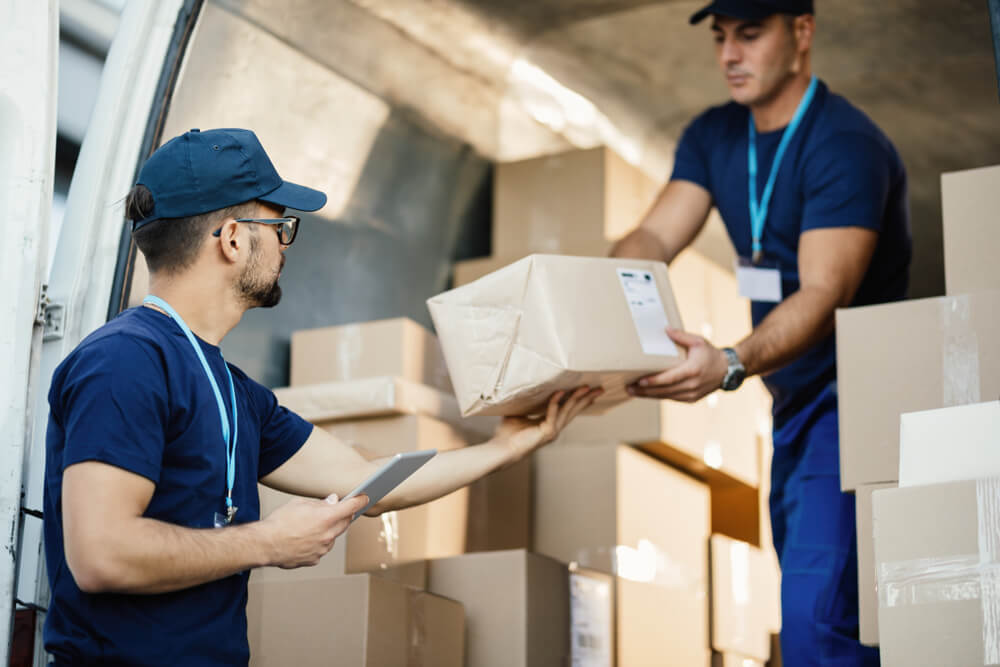Persistent wounds, particularly those impacting the feet, pose substantial difficulties in healthcare because of their tendency for issues and delayed recovery. Within the realm of wound care care, foot doctor perform an essential function in analyzing, treating, and stopping foot ulcers. Their specialized understanding and complete strategy contribute to enhancing outcomes and improving the quality of life for individuals with persistent wounds. This write-up examines the essential duty of podiatry in wound care management, highlighting the holistic approach, state-of-the-art Treatment modalities, and patient-centered strategies utilized by podiatrists.
Understanding Chronic Foot Ulcers
Long-lasting foot ulcers, commonly linked with ailments such as diabetes, peripheral artery illness, and neuropathy, represent a noteworthy clinical challenge due to their tendency for slow healing and sensitivity to infection. These ulcers frequently originate from a mixture of aspects, such as impaired circulation, sensory neuropathy, foot malformations, and repetitive trauma. Determining the underlying causes and risk variables for persistent foot ulcers is actually essential for establishing customized treatment plans aimed at encouraging healing and stopping recurrence.
Multidisciplinary Approach to Wound Care
foot clinic podiatrists embrace a multidisciplinary method to wound care, collaborating closely with other medical specialists, such as wound care nurses, vascular surgeons, endocrinologists, and infectious disease specialists. This team-based model ensures that comprehensive examination and treatment of chronic foot ulcers, dealing with both the local wound characteristics and the systemic variables contributing to impaired healing. By incorporating knowledge from different disciplines, podiatrists can formulate customised intervention plans that optimize healing consequences and lessen the probability of issues.
Advanced Treatment Modalities in Podiatric Wound Care
Podiatrists in Adelaide make use of a range of advanced treatment options modalities to aid wound healing and tissue regeneration in chronic foot ulcers. These methods might encompass sharp debridement to remove necrotic tissue and encourage granulation, offloading methods to decrease pressure on the ulcer area, and cutting-edge dressings to maintain a moist environment and facilitate healing. Furthermore, podiatrists may use further therapies including negative pressure wound therapy (NPWT), bioengineered skin substitutes, and growth factor approaches to accelerate wound closure and improve tissue regeneration. By keeping updated about the most recent advancements in wound care technology, podiatrists are able to deliver patients with access to cutting-edge treatment modalities that boost outcomes and accelerate recovery.
Patient Education and Self-Care Practices
Strengthening patients with knowledge about wound care and self-management methods is actually essential to successful healing and avoidance of recurrent ulcers. Podiatrists provide teaching on appropriate foot hygiene, everyday inspection of the feet for indications of infection or injury, and the importance of wearing appropriate footwear to lessen friction and pressure on susceptible areas. Additionally, podiatrists collaborate with patients to formulate personalised self-care routines, such as skin moisturisation, nail trimming, and diabetic foot care actions, to improve general foot health and prevent future ulceration. By including patients as engaged contributors in their own care, podiatrists support adherence to advised treatment routines and enable individuals to adopt control of their foot health.
Case Studies: Successful Wound Healing with Podiatric Intervention
To illustrate the effectiveness of chiropodic management in lesion care, medical cases can present valuable understandings into practical healthcare contexts. These clinical cases might possibly emphasize successful results achieved through a synthesis of cutting-edge therapy techniques, multi-disciplinary collaboration, and person training Initiatives. By displaying real illustrations of healing of wounds and appendage recovery facilitated by podological management, instances function to highlight the critical role of chiropodists in managing chronic pedal ulcers and improving person outcomes.
Conclusion
In the territory of wound treatment, chiropodists in Adelaide take part a important role in dealing with prolonged podiatic ulcers through a comprehensive, multi-disciplinary method. By harnessing state-of-the-art treatment modalities, fostering cooperative partnerships with other medical specialists, and authorizing individuals with training and self-care practices, foot doctors give significantly to supporting recovery, avoiding challenges, and improving the level of life for individuals with chronic wounds. As vital segments of trauma management teams, chiropodists carry on to move forward the area through originality, expertise, and an obligation to patient-centered care.


